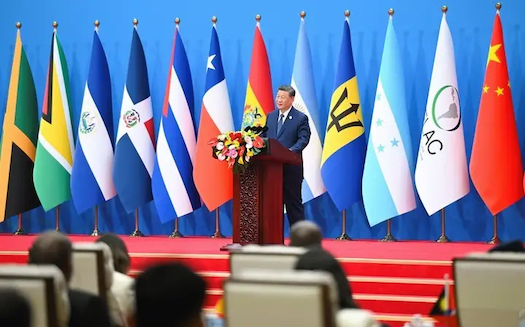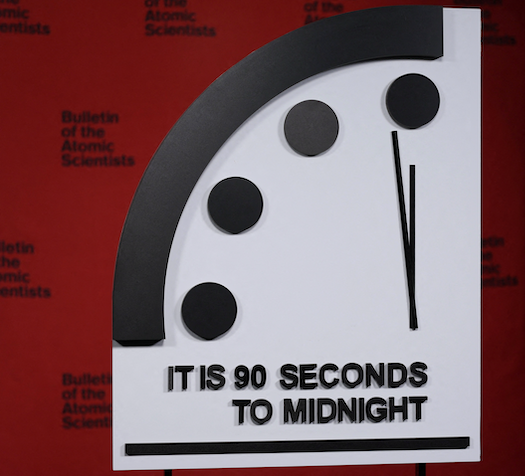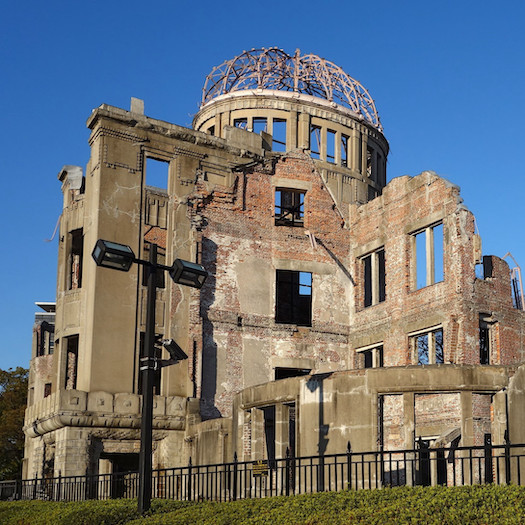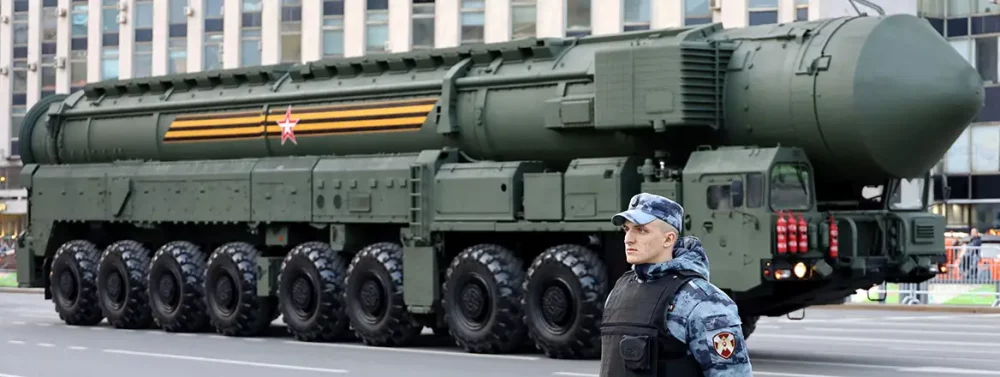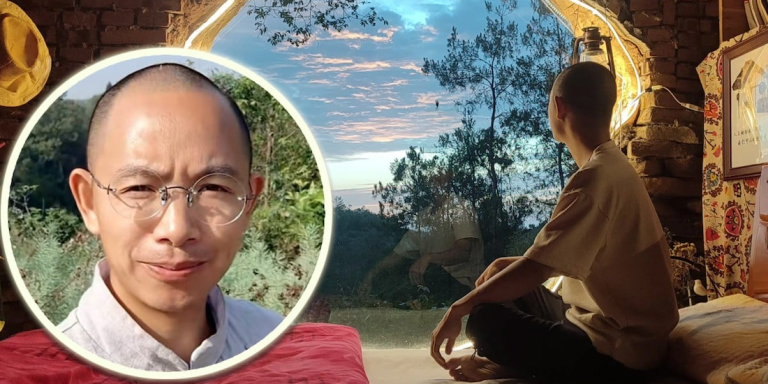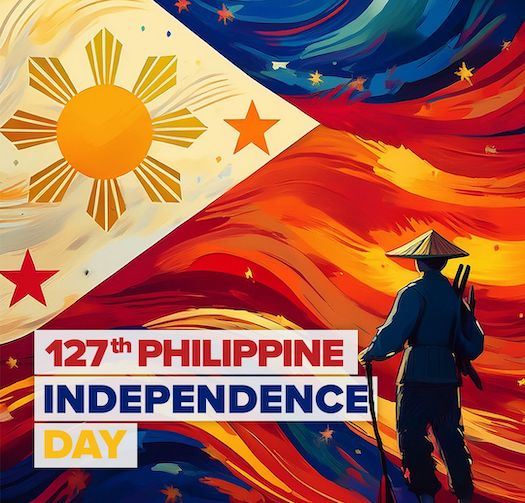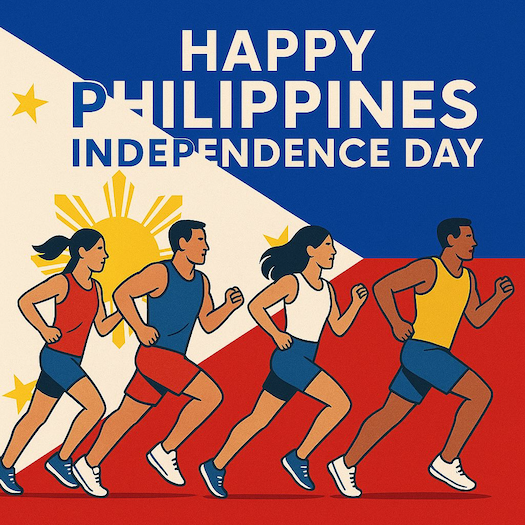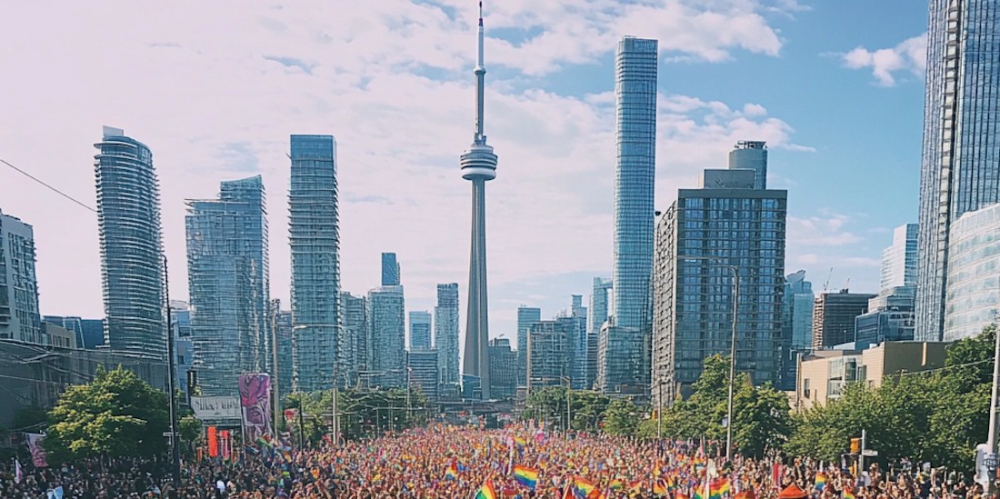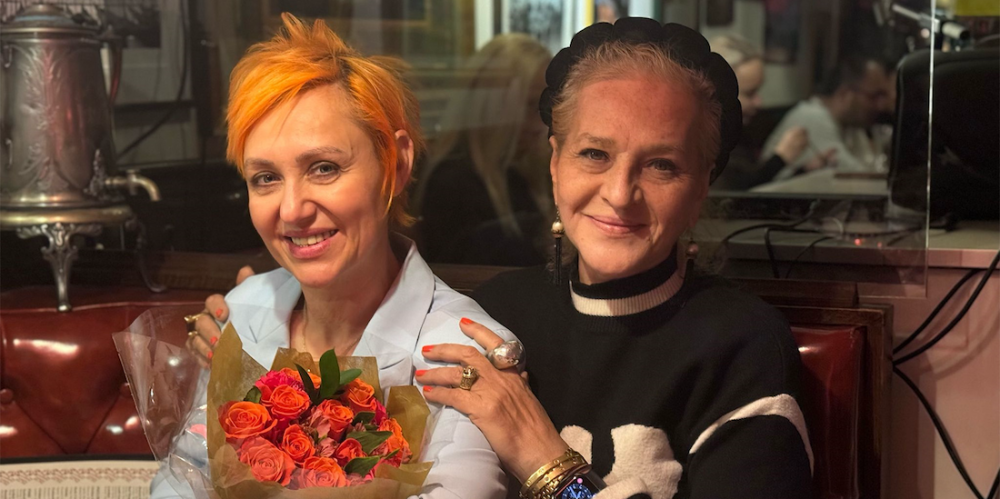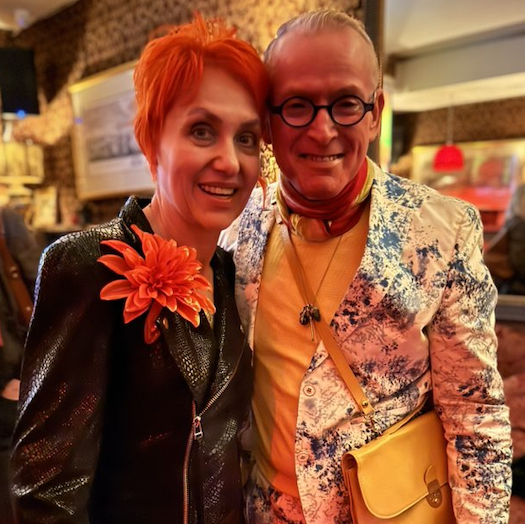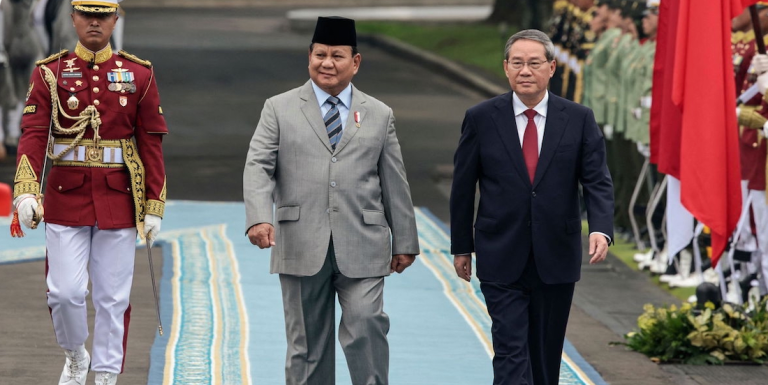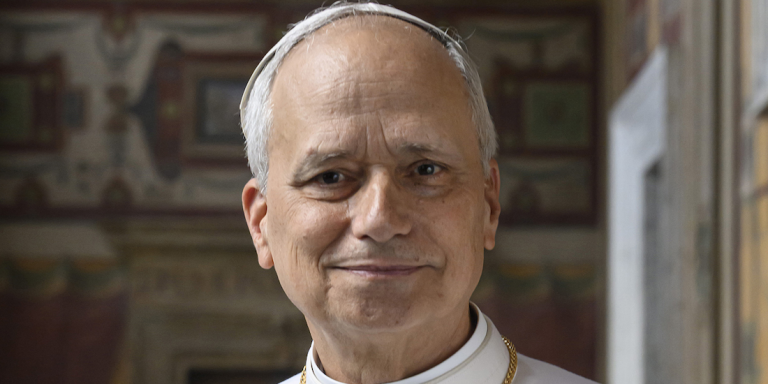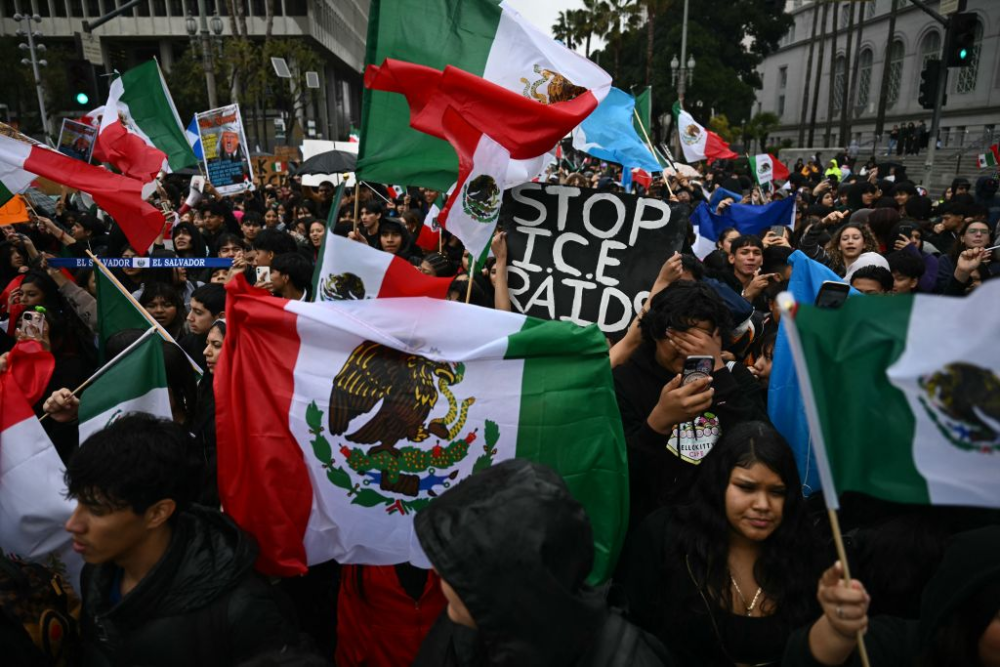Americans unite across 2,000 demonstrations demanding accountability and defending democratic principles from coast to coast
New York, N.Y. – Waves of protesters flooded streets across the United States on Saturday for “No Kings” Day, with demonstrators rallying against the Trump administration across multiple policy areas in what organizers called one of the largest coordinated protest movements in recent years.

The demonstrations stretched from Washington, D.C. to major cities including New York, Los Angeles, San Francisco, Houston, Philadelphia and Chicago, with roughly 2,000 protests unfolding across the U.S. and extending internationally to countries including Mexico, across Europe, and South America.
New Yorkers Take to the Streets
In New York City, approximately 250,000 demonstrators marched down Fifth Avenue carrying umbrellas as a symbol of protection for democracy.

The massive turnout reflected widespread concern about the direction of American governance under the current administration.
“In America, we don’t do kings,” reads the official “No Kings” website, operated by organizers alongside a coalition of about 100 groups that coordinated the nationwide protest.
“They’ve defied our courts, deported Americans, disappeared people off the streets, attacked our civil rights, and slashed our services. The corruption has gone too far. No thrones. No crowns. No kings.”
Heightened Security and Government Response
Police presence and security protocols were heightened nationwide in response to the planned demonstrations.
In Texas, Republican Governor Greg Abbott deployed the state’s National Guard ahead of “No Kings” Day.
In Florida, Governor Ron DeSantis drew significant backlash after stating that drivers could legally run over protesters if surrounded—a comment critics condemned as encouraging violence against demonstrators.
The protests coincided with a controversial military parade in Washington, D.C., marking the 250th anniversary of the U.S. Army and President Trump’s 79th birthday. The event, featuring nearly 6,600 troops, tanks, armored vehicles and helicopters, carried an estimated cost of $25 million to $45 million.


Personal Stories Drive Protest Movement
“They could have used that money to keep me employed or something. Why is there 45 million dollars going to a parade? There are a lot more unemployed people right now who need that,” said Blair Retnauer, a Washington D.C.–Maryland–Virginia area resident whose federal contract as a graphic designer with the Department of Homeland Security Science and Technology Directorate was recently terminated by the Department of Government Efficiency.
Beverly Howard of Fairfax expressed deep concern about immigration policies: “I care about our freedom. I care about the fact that immigrants are people. Families are being broken up and snatched from their homes. Children are left without their parents. This is the cruelest that we’ve ever been.”
Pedro Gonzalez, an immigration attorney based in Northern Virginia, attended his first protest in response to the administration’s immigration crackdown.
“It really does hurt a lot of people. It really scares a lot of people. Mostly everyone, in one way or another, is either an immigrant, knows an immigrant, or has family who were immigrants,” he explained.
Constitutional Rights at the Forefront
Protesters emphasized concerns about constitutional protections and democratic norms. Meg Fagan, 56, told reporters: “Our constitutional rights are being violated at every turn. We have the right to free speech, the right to due process, and the right to live and work in peace.”
Susan Clayton, 72, of New York, highlighted economic concerns: “The cuts to government programs, the things we’ve paid into our whole lives—they’re trying to take all of that from working people and turn this into a country for oligarchs. That’s not what America is supposed to be.”
Even young Americans joined the demonstrations. Christina Heiney, a 15-year-old from Massachusetts, explained: “We want to protest as well because it’s not just adults that should be protesting.”
West Coast Tensions Continue
Los Angeles, a focal point for recent immigration raids, has become the center of a standoff between the Trump administration and state government over the deployment of National Guard and U.S. Marine troops. The city remains under curfew amid heightened tensions.
At the Los Angeles demonstration, protester Michael held a sign reading “No King in the USA” featuring a photo of Trump. “I can’t write it all on the sign,” he said, “but that was a huge mistake.”
The day concluded with contrasting scenes as the military parade proceeded despite an approaching storm, drawing Trump supporters who celebrated both the Army’s 250th anniversary and the president’s birthday. Sam Swartz, a 23-year-old from Jacksonville, Florida, expressed excitement about honoring both Trump and the military: “It seems kind of crazy that both the Army’s national birthday and Trump’s birthday is on the same day.”
Summary for Audio File
Thousands gathered across America for “No Kings” Day protests against the Trump administration, with 250,000 demonstrators marching in New York City alone. The coordinated movement, spanning 2,000 protests nationwide and internationally, challenged policies on immigration, government spending, and constitutional rights. Protesters expressed concerns about democratic norms while a controversial $45 million military parade proceeded in Washington, D.C., highlighting deep national divisions over presidential authority and governance.
#DemocracyFirst #ProtestRights #TrumpProtest #ConstitutionalRights
#NoKingsDay #ImmigrationJustice #AmericanDemocracy #CivilRights
TAGS: protest movements, Trump administration, immigration policy, constitutional rights, civil liberties, political
demonstrations, government accountability, military spending, National Guard deployment, democracy



























